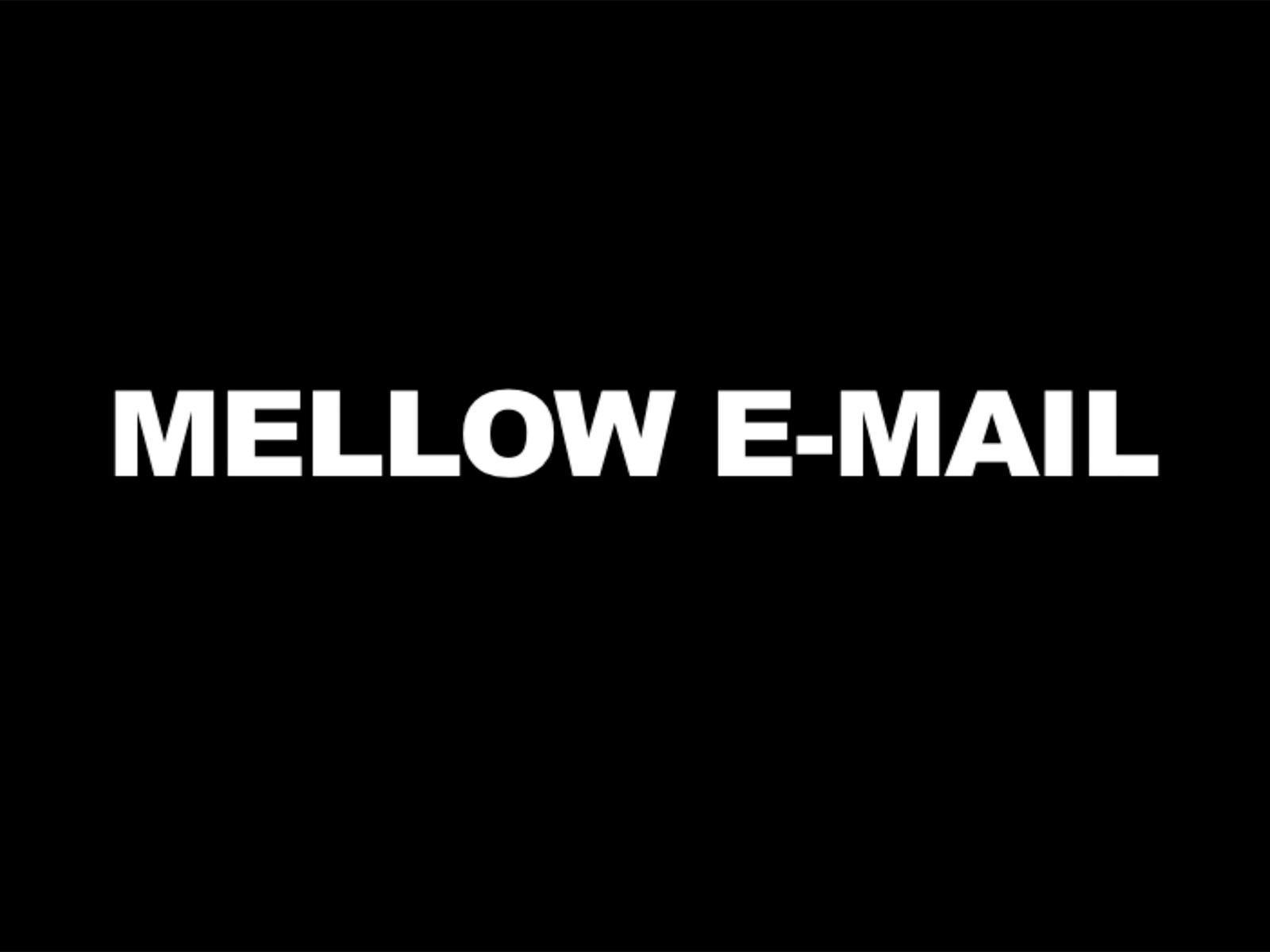Nu het einde van het schooljaar nadert, tonen de kinderen en jongeren van de
RHOK Academie een deel van het werk dat ze afgelopen jaar gecreëerd hebben.
FR - À l'approche de la fin de l'année scolaire, les enfants et les ados de
l'academie RHOK présentent certains des projets artistiques qu'ils ont réalisés
l'année passée.
Jelena Vanoverbeek. VIOLINS
Beschrijving
********** English **********
Invited by Bozar to present a work in dialogue with the historical exhibition, Histoire de ne pas rire. Surrealism in Belgium, Jelena Vanoverbeek (1990, Leuven) has created a new installation: VIOLINS. She is interested – as were many Surrealists – in the subversive and performative potential of words, in the ambiguity of language and its pretense at direct communication.
********** Français **********
Invitée par Bozar à présenter une œuvre en dialogue avec l'exposition historique Histoire de ne pas rire. Le surréalisme en Belgique, Jelena Vanoverbeek (1990, Leuven) a créé une nouvelle installation : VIOLINS. Elle s'intéresse, comme de nombreux surréalistes, au potentiel subversif et performatif des mots, à l'ambiguïté du langage et à sa prétention à la communication directe.
********** Nederlands **********
Op uitnodiging van Bozar creëerde Jelena Vanoverbeek (1990, Leuven) een nieuwe installatie: VIOLINS, in dialoog met de historische tentoonstelling Histoire de ne pas rire. Het surrealisme in België. Zoals de surrealisten is ze geïnteresseerd in het subversieve potentieel van woorden, de dubbelzinnigheid van taal en haar aanspraak op directe communicatie.
Datum informatie
2024-02-21: 10:00:00 - 18:00:00
2024-02-22: 10:00:00 - 21:00:00
2024-02-23: 10:00:00 - 18:00:00
2024-02-24: 10:00:00 - 18:00:00
2024-02-25: 10:00:00 - 18:00:00
2024-02-27: 10:00:00 - 18:00:00
2024-02-28: 10:00:00 - 18:00:00
2024-02-29: 10:00:00 - 21:00:00
2024-03-01: 10:00:00 - 18:00:00
2024-03-02: 10:00:00 - 18:00:00
2024-03-03: 10:00:00 - 18:00:00
2024-03-05: 10:00:00 - 18:00:00
2024-03-06: 10:00:00 - 18:00:00
2024-03-07: 10:00:00 - 21:00:00
2024-03-08: 10:00:00 - 18:00:00
2024-03-09: 10:00:00 - 18:00:00
2024-03-10: 10:00:00 - 18:00:00
2024-03-12: 10:00:00 - 18:00:00
2024-03-13: 10:00:00 - 18:00:00
2024-03-14: 10:00:00 - 21:00:00
2024-03-15: 10:00:00 - 18:00:00
2024-03-16: 10:00:00 - 18:00:00
2024-03-17: 10:00:00 - 18:00:00
2024-03-19: 10:00:00 - 18:00:00
2024-03-20: 10:00:00 - 18:00:00
2024-03-21: 10:00:00 - 21:00:00
2024-03-22: 10:00:00 - 18:00:00
2024-03-23: 10:00:00 - 18:00:00
2024-03-24: 10:00:00 - 18:00:00
2024-03-26: 10:00:00 - 18:00:00
2024-03-27: 10:00:00 - 18:00:00
2024-03-28: 10:00:00 - 21:00:00
2024-03-29: 10:00:00 - 18:00:00
2024-03-30: 10:00:00 - 18:00:00
2024-03-31: 10:00:00 - 18:00:00
2024-04-02: 10:00:00 - 18:00:00
2024-04-03: 10:00:00 - 18:00:00
2024-04-04: 10:00:00 - 21:00:00
2024-04-05: 10:00:00 - 18:00:00
2024-04-06: 10:00:00 - 18:00:00
2024-04-07: 10:00:00 - 18:00:00
2024-04-09: 10:00:00 - 18:00:00
2024-04-10: 10:00:00 - 18:00:00
2024-04-11: 10:00:00 - 21:00:00
2024-04-12: 10:00:00 - 18:00:00
2024-04-13: 10:00:00 - 18:00:00
2024-04-14: 10:00:00 - 18:00:00
2024-04-16: 10:00:00 - 18:00:00
2024-04-17: 10:00:00 - 18:00:00
2024-04-18: 10:00:00 - 21:00:00
2024-04-19: 10:00:00 - 18:00:00
2024-04-20: 10:00:00 - 18:00:00
2024-04-21: 10:00:00 - 18:00:00
2024-04-23: 10:00:00 - 18:00:00
2024-04-24: 10:00:00 - 18:00:00
2024-04-25: 10:00:00 - 21:00:00
2024-04-26: 10:00:00 - 18:00:00
2024-04-27: 10:00:00 - 18:00:00
2024-04-28: 10:00:00 - 18:00:00
2024-04-30: 10:00:00 - 18:00:00
2024-05-01: 10:00:00 - 18:00:00
2024-05-02: 10:00:00 - 21:00:00
2024-05-03: 10:00:00 - 18:00:00
2024-05-04: 10:00:00 - 18:00:00
2024-05-05: 10:00:00 - 18:00:00
2024-05-07: 10:00:00 - 18:00:00
2024-05-08: 10:00:00 - 18:00:00
2024-05-09: 10:00:00 - 21:00:00
2024-05-10: 10:00:00 - 18:00:00
2024-05-11: 10:00:00 - 18:00:00
2024-05-12: 10:00:00 - 18:00:00
2024-05-14: 10:00:00 - 18:00:00
2024-05-15: 10:00:00 - 18:00:00
2024-05-16: 10:00:00 - 21:00:00
2024-05-17: 10:00:00 - 18:00:00
2024-05-18: 10:00:00 - 18:00:00
2024-05-19: 10:00:00 - 18:00:00
2024-05-21: 10:00:00 - 18:00:00
2024-05-22: 10:00:00 - 18:00:00
2024-05-23: 10:00:00 - 21:00:00
2024-05-24: 10:00:00 - 18:00:00
2024-05-25: 10:00:00 - 18:00:00
2024-05-26: 10:00:00 - 18:00:00
2024-05-28: 10:00:00 - 18:00:00
2024-05-29: 10:00:00 - 18:00:00
2024-05-30: 10:00:00 - 21:00:00
2024-05-31: 10:00:00 - 18:00:00
2024-06-01: 10:00:00 - 18:00:00
2024-06-02: 10:00:00 - 18:00:00
2024-06-04: 10:00:00 - 18:00:00
2024-06-05: 10:00:00 - 18:00:00
2024-06-06: 10:00:00 - 21:00:00
2024-06-07: 10:00:00 - 18:00:00
2024-06-08: 10:00:00 - 18:00:00
2024-06-09: 10:00:00 - 18:00:00
2024-06-11: 10:00:00 - 18:00:00
2024-06-12: 10:00:00 - 18:00:00
2024-06-13: 10:00:00 - 21:00:00
2024-06-14: 10:00:00 - 18:00:00
2024-06-15: 10:00:00 - 18:00:00
2024-06-16: 10:00:00 - 18:00:00
Info & Reservering
Locatie
Organisator
Organiseert u dit evenement?
Neem contact met ons op als u informatie en dergelijke wilt bijwerken
Ons contacteren